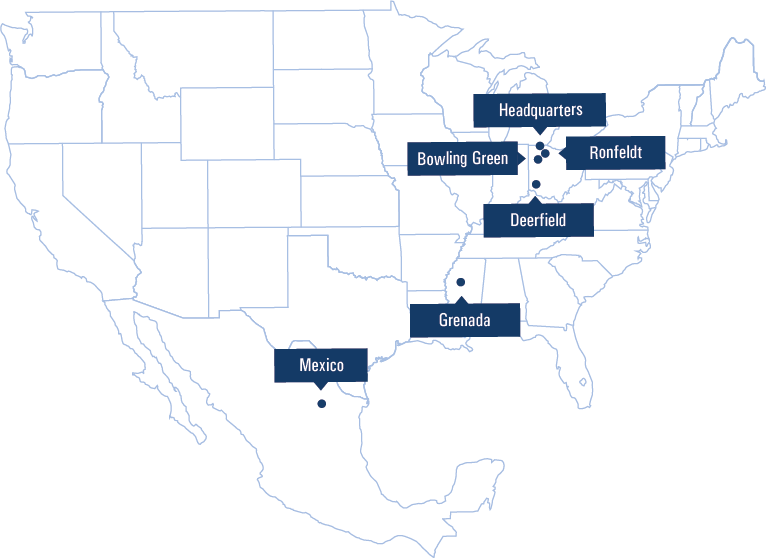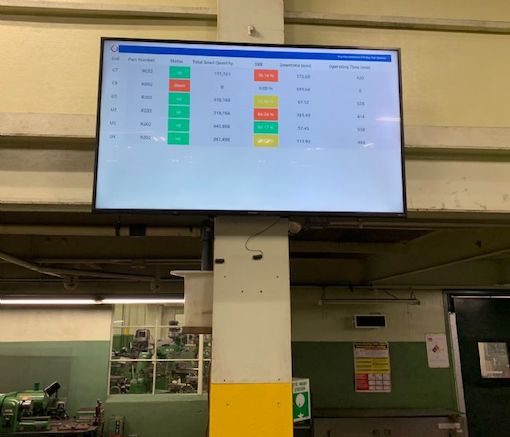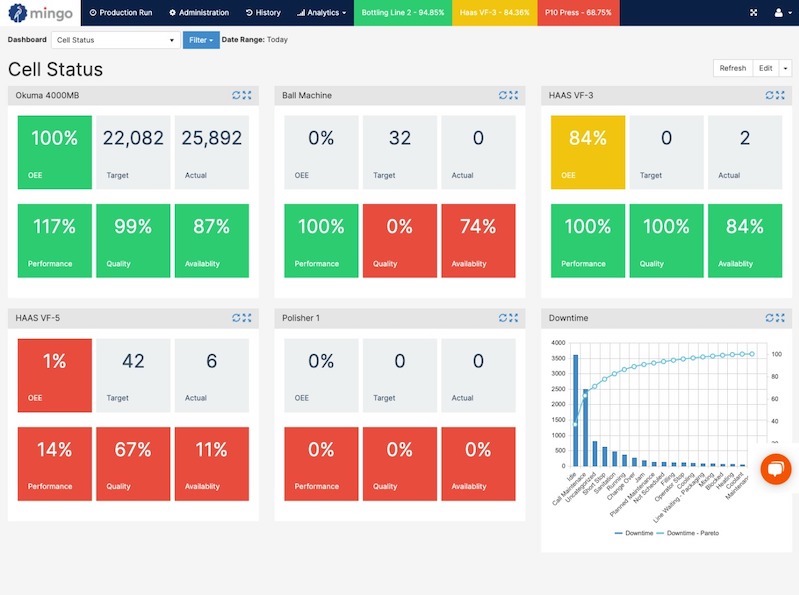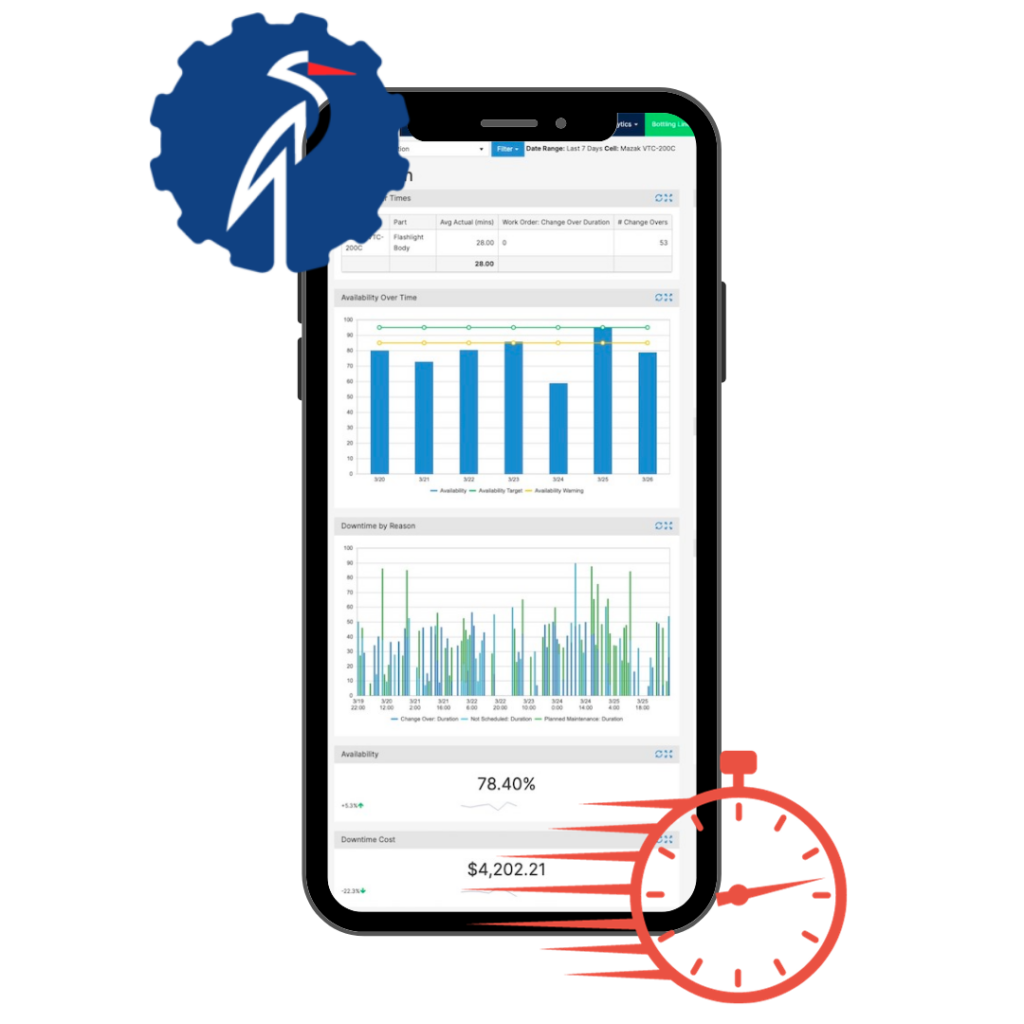- Product
- Solutions
Case Studies
Automotive
Versatech Increased OEE 30%Consumer Package Goods
Oral Biotech Eliminated ScrapFood/Beverage
Louisiana Fish Fry Increases OEE 12%Metal Stamping
H&T Waterbury Reduced Downtime 71%Blow Molding
Lyons Blow Molding Automated Reporting & Labeling - Resources
- Blog








